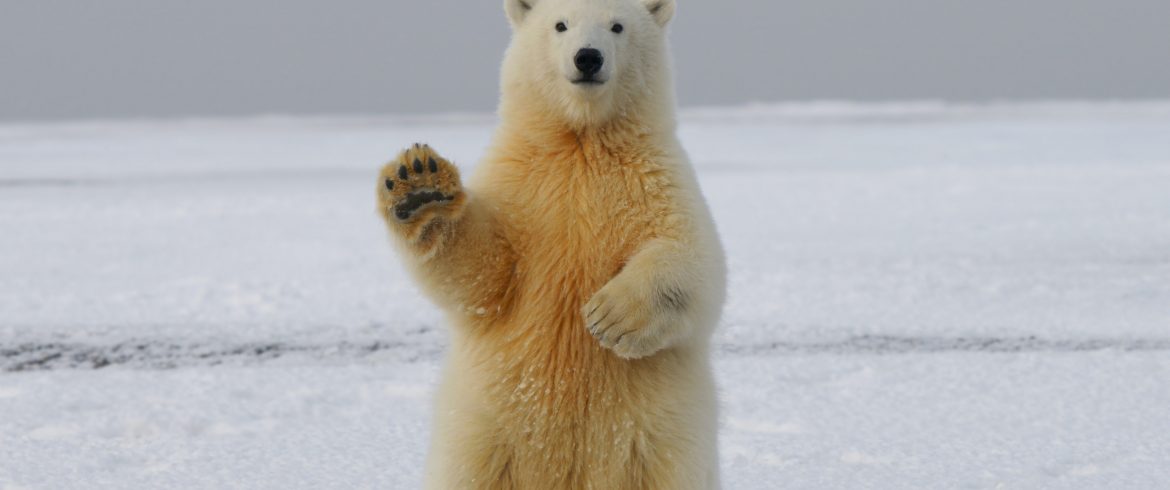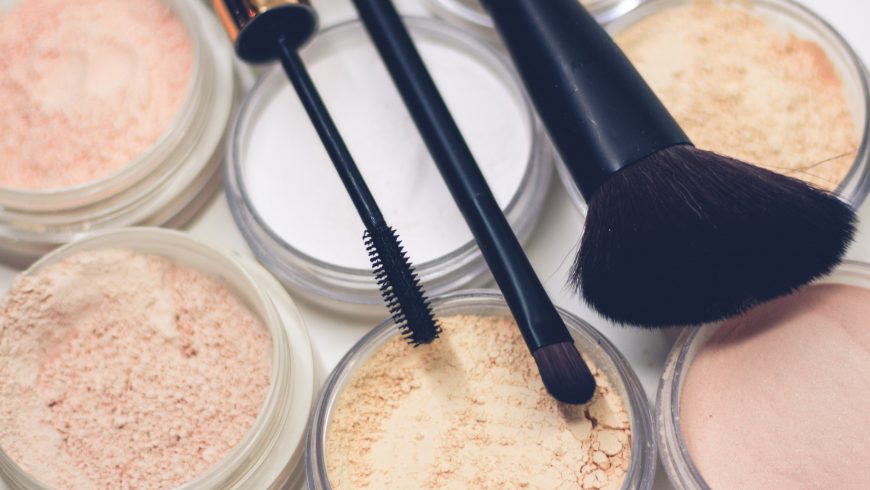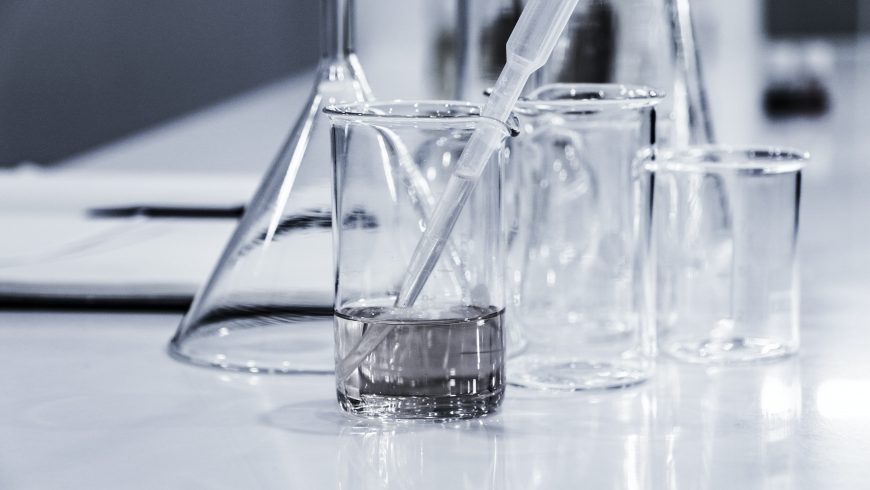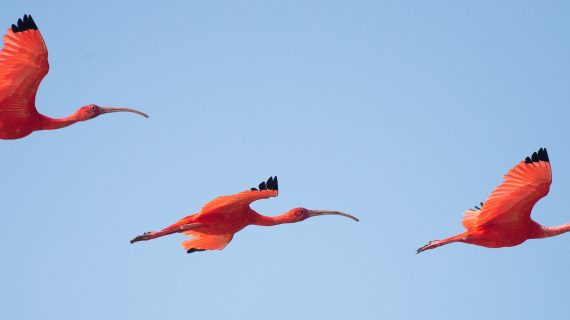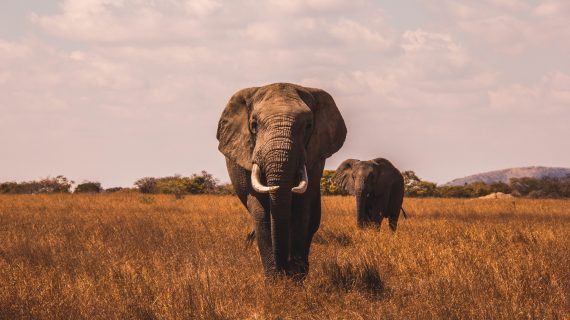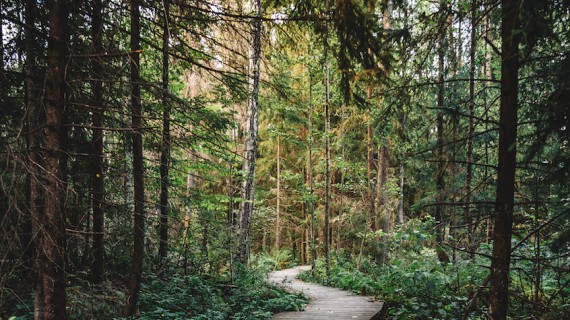Why are animals dying out? In four words: we-are-doing-it. Let’s analyze the causes and discover 5 simple actions to take to save animals from extinction.
Recent studies are launching the alarm: we are on the verge of the sixth mass extinction.
Today, extinction rates are increasing, and this is only humans’ fault. According to a study by the Proceedings of the National Academy of Sciences, a total of 515 animal species are fading away. Likewise, Associations such as WWF are making the same appeal. We must do something, otherwise – by 2050 – polar bears, penguins and many more other animal species, will be only a far distant memory.
Do you remember the Giant Panda, the Tamarow, and the Iberian Lynx? Forget about them: they are included in the list of animals on the brink of extinction. You won’t even be able to recall how they look like, in a few years time. Extinction will wipe them out, as if they had never existed.
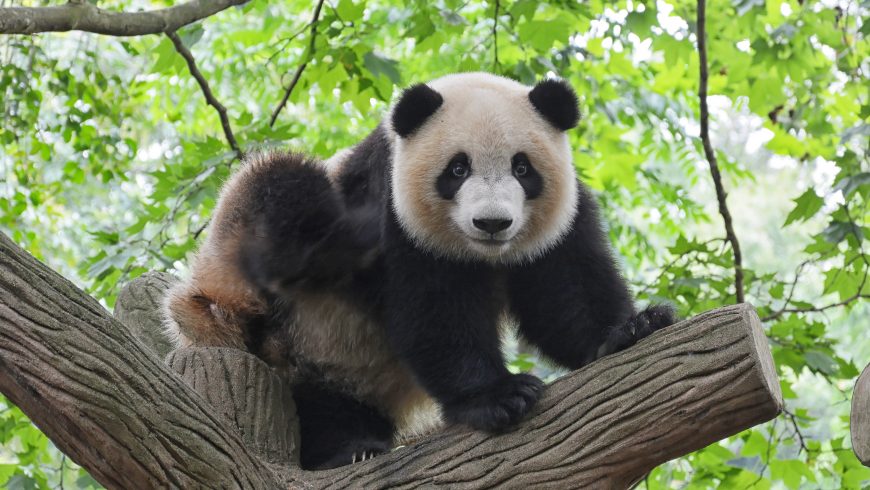
But, while stressing the importance of acting now, the associations launching the appeal are also drawing attention to one important fact connected to animal extinction. While the other 5 mass extinctions were the consequence of all-natural geological causes, the current mass extinction is completely caused by men…by us.
The current extinction crisis (yes, it is a crisis… not a change!) is the consequence of many human-induced factors – which often combine. Some of them include habitat degradation (through poisoning, logging, urbanization), over-exploitation (overfishing and unsustainable agriculture), climate change and pollution, illegal hunting and illegal wildlife trafficking… and unfortunately, the list could go on.
“The sixth mass extinction we are going through could be the most serious environmental threat to the survival of our civilization since it is irreversible” – experts say. By killing them, we are actually killing ourselves.
5 Steps to Prevent Animal Extinction
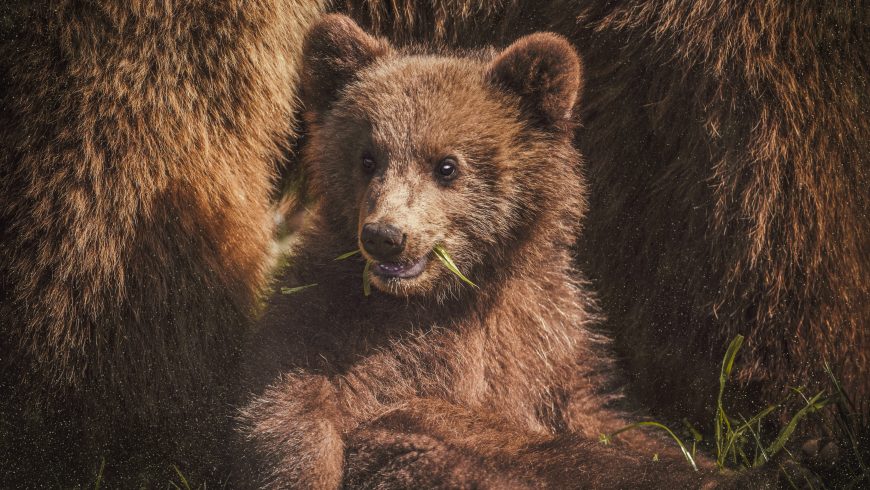
However, have you ever thought that we are the problem, and also the potential solution? We have the power to stop animal extinction, and we must act now. Everyone can make a change, small may it be, to protect not only the animals, but the whole environment (including ourselves).
You won’t have a second chance, extinction is forever: starting from today you must take action. So why don’t you begin by following this 5-steps guide to prevent animal extinction? It is easy, convenient, and you won’t regret.
Bear this in mind: small actions can lead to great changes.
1. Buy Eco-Friendly Products
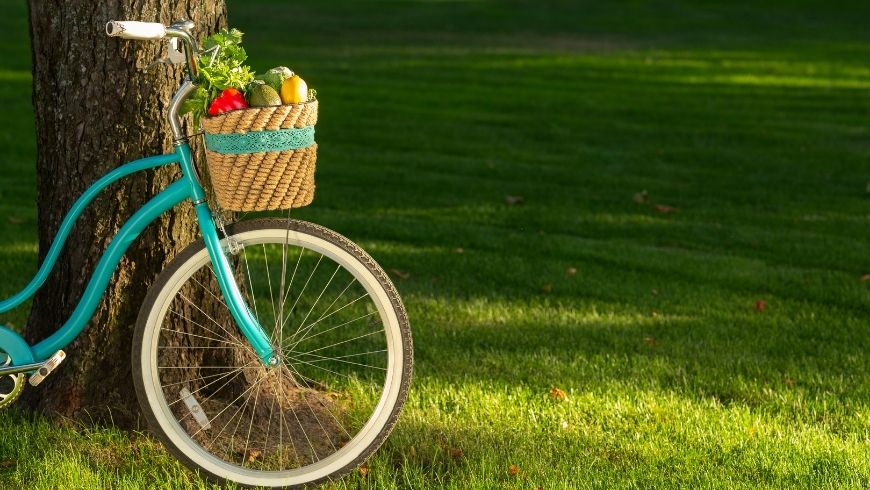
Work for more environmentally-friendly (or at least more environmentally conscious) habits. First of all, beware and be aware of what you buy, and what you use. Always avoid buying potentially damaging products for the environment: avoid large corporations’ products that involve resources and processes which have a harmful impact on the animals – and especially on the endangered ones.
This also applies to cosmetics: avoid products made by companies that test their products on animals. Remember: we must stop animal testing, they don’t know the answer!
When buying, you must read the labels on the packaging, in order to make sure the production process of that item did not involve any animal testing, nor environmentally dangerous practices.
- Is animal testing finally going out of fashion in beauty industry? Many major brands are actually taking a step back, in order to provide products which are cruelty-free. Photo by Raphael Lovaski on Unsplash
- Photo by Hans Reniers on Unsplash
Also, always make sure the producer company of each product you buy, work in an environmentally sustainable way – being it food, clothes, or its packaging in general. This will help in saving animals’ habitats, especially those of endangered species. In doing so, you will prevent animal extinction.
2. Follow The 3-R Rule: Recycle, Reuse, Reduce
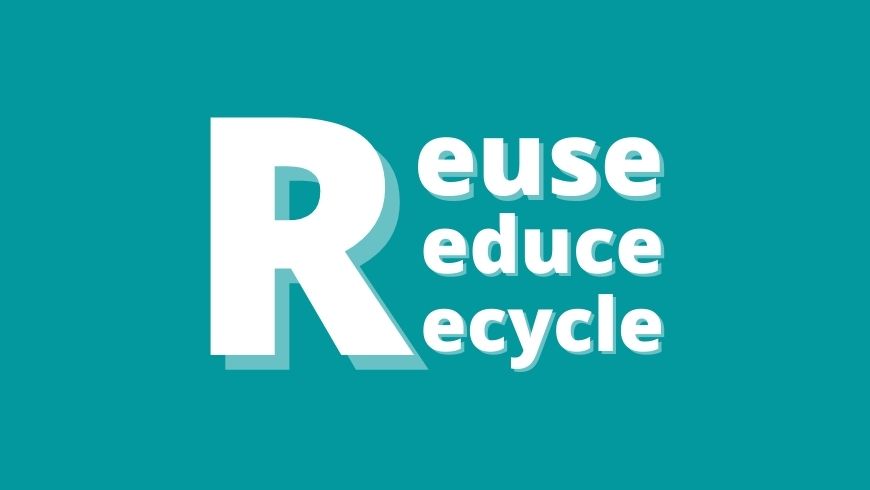
Separate and treat the discarded solid waste of the manufacture of new products. Come on, get creative! Recycle paper and cardboard, plastic, metals, glass and all the rest: you will be able to create new, fantastic objects.
Plastic waste is a potential threat for the environment, and this includes its accumulation on the Earth surface. Beside being a powerful pollutant for the environment as a whole, it can negatively affect wildlife habitat – whether in the ocean or amongst nature.
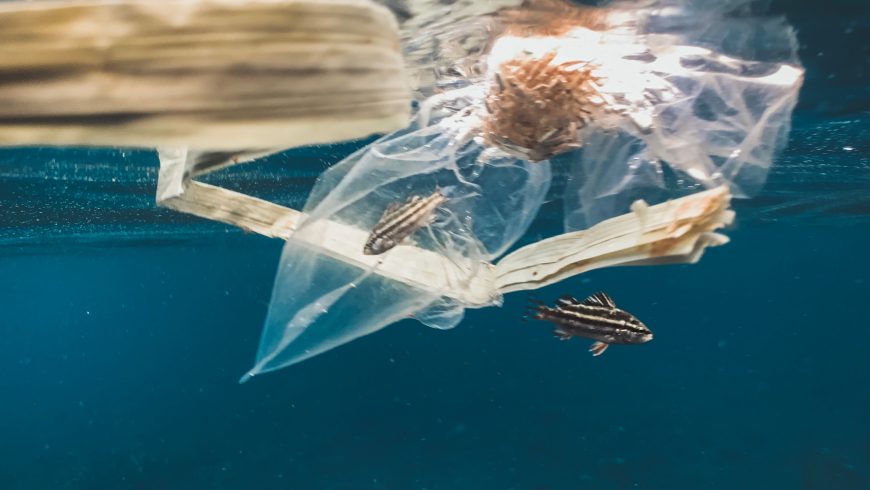
The Recycling rule, applies especially for the products you buy. Make sure the packaging of your purchases (as well as its content) is made from recycled materials. Look for the special logo, and carry on with your purchase only if you see it! Also, have you ever tried second-hand products? If not, you should make it up: give it a try. It could be key in slowing down animal extinction.
The 3-R rule also applies to a more sustainable life in general: every small energy-saving change can have a huge impact on the health of threatened animals.
For example, by reducing the carbon footprint you may be able to help the environment, and improve your health at the same time.
Small actions, big changes
start by reducing the quantity of energy and fossil fuel you and your family use during the day. There are several ways of doing so:
- Replace light bulbs, switching to energy saving ones – such as fluorescent bulbs (if you can’t find them in supermarkets, which seems really odd today, online shopping can help). In fact, fluorescent lightbulbs can work by using less fossil fuel than conventional lightbulbs.
- Use a laptop instead of using a desktop computer when possible: laptops consume up to 5 times less!
- On your bike!? Bike to work instead of driving. And guess what, you won’t only reduce air pollution, but this will also have a positive impact on your wallet, and on your health.
- When leaving home, or at nighttime, make sure you turn off the heat and unplug the electronic facilities you have. Switching them off is not enough: you must unplug your laptop cords, your television, your phone charger, and even the kettle and the toaster in your kitchen. Did you know that even if you are not actually using these electronic gadgets, they still sap energy, just by being plugged in?
By following these tips you will be able to save not only energy and money, but you will also save the life of many endangered species.
3. Don’t Buy Souvenirs Made From Endangered Species
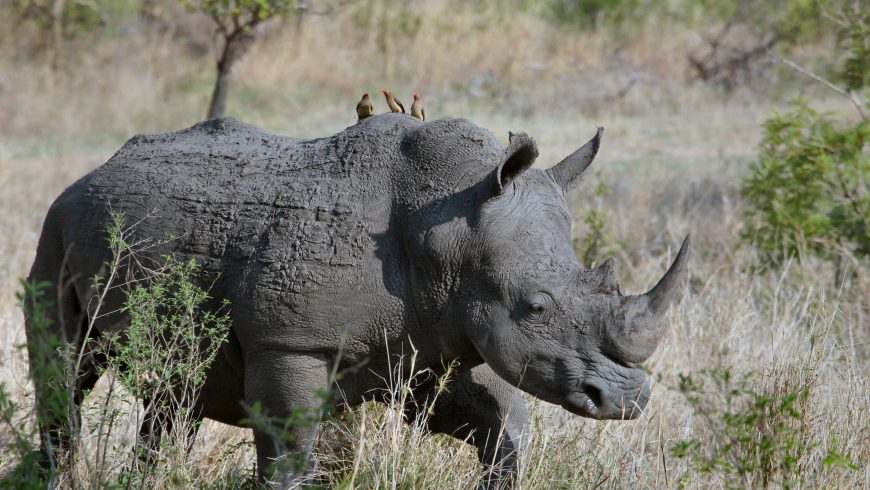
If you do so, you are not only risking a fine, you are also increasing extinction rates. Stay away from products made from endangered (but also still-not-so-endangered) species!
I see, you would really love to buy some iconic souvenirs on holiday, maybe to remind your family and friends the gorgeous places you visited – like a tropical beach or a South African Resort. But even if it doesn’t seem so, by making that purchase, you are actually increasing extinction rates (besides supporting illegal trading in poaching of wildlife!).
These products are filled with cruelty and pain, for the animals who suffered in the production process.
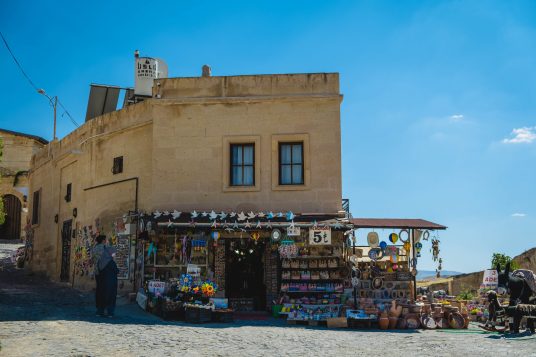
The illegal wildlife trade is estimated to be worth billions and billions of dollars each year. And if on the one hand it is mostly controlled by criminal gangs, it is also very much supported by the hundreds of millions of people going on foreign holidays and buying this type of souvenirs.
These items include materials such as tortoiseshell, ivory, reptile skins, furs, coral. Also, try to step into the animals’ shoes: have you ever thought that no one else needs a fur but a tiger? And, that no one else needs a rhino horn but a rhino? Or, that no one else needs a tortoiseshell but a tortoise?
Think this through, you know the answer.
4. Eat Less Meat

Be greener! We are literally “eating our way to extinction”. The meat industry is not only damaging farmed animals, but also wild ones – and especially the ones in danger of extinction. Studies warn that meat-eaters are actually speeding worldwide animals extinction.
By killing them, we are killing ourselves
Our appetite for beef, for dairy, for fish is wiping out animals, and even threatening our own survival.
“You eat a steak, you kill a lemur in Madagascar. You eat a chicken, you kill an Amazonian parrot”, says geophysicist expert Gidon Eshel, in order to make people realise the full impact of meat consumption on biodiversity.
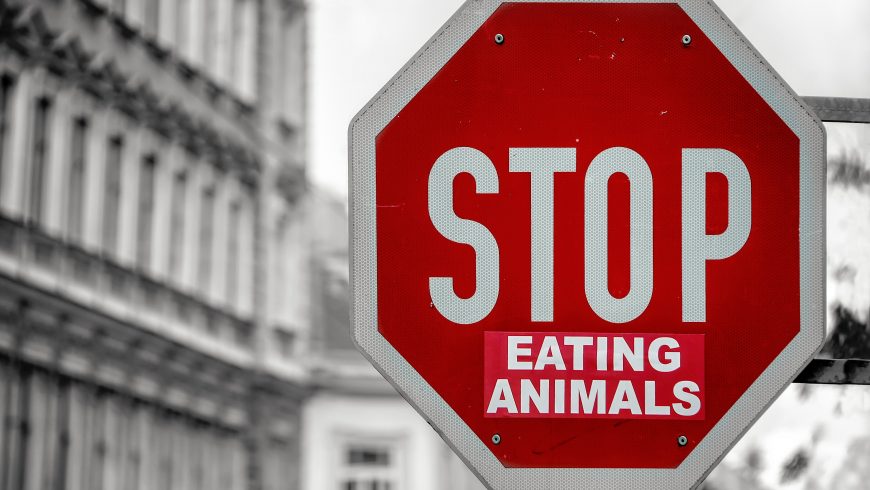
Beef, dairy, and fishing industries are today the leading cause of extinction. This also connects to the loss of habitat due to land clearing, but also overfishing and pollution.
First, the vast majority of land clearing is to graze cattle for the meat industry, and to raise crops to feed farmed animals. Can you imagine that currently almost one-third of our planet’s surface is used for these purposes alone, and that this trend is even increasing? This is crazy. Almost 80% of former Amazon forests are now used for grazing cattle for meat.
By doing this, we are not only destroying the natural habitat of countless animals, but we are also destroying the ‘lungs of the Earth’, and as a consequence our own life.
For what concerns fishing, the greatest extinction danger is over-exploitation: in other words, we are fishing them to extinction in order to satisfy our needs.
In addition, many experts have explored the links between modern livestock production and other issues such as climate change and pollution; which eventually lead to animal extinction. For example, animal agriculture is responsible for almost 15% of climate emissions on a world scale, more than all the cars, trains, and planes.
Meat-eaters are supporting the unsustainable production practices of the meat industry, and as a consequences they are speeding worldwide species extinction rate. We must change the way we eat and produce ‘food’: the current situation is having a catastrophic impact on almost all animal species across the globe.
Every meal counts
By eating less meat – whether one day a week or one meal a day – you will lower your dietary carbon footprint and take a step to protect wildlife.
If you change your eating habits, you will change the agricultural food market. This will result in more sustainable industries – because the meat demand-supply relation will be changed forever. It is simple: if you don’t demand, they won’t produce.
A plant-based diet (or at least a diet which involves reducing the amount of meat and fish you eat) is one of the easiest, yet stronger ways, to use our planet’s resources more responsibly, and protect animals at the same time. In addition, plant-based food uses less water, have a lower impact on the environment, and guess what…it’s delicious.
So why don’t you save a Lemur and a Parrot today?!
5. Spread Awareness: get involved
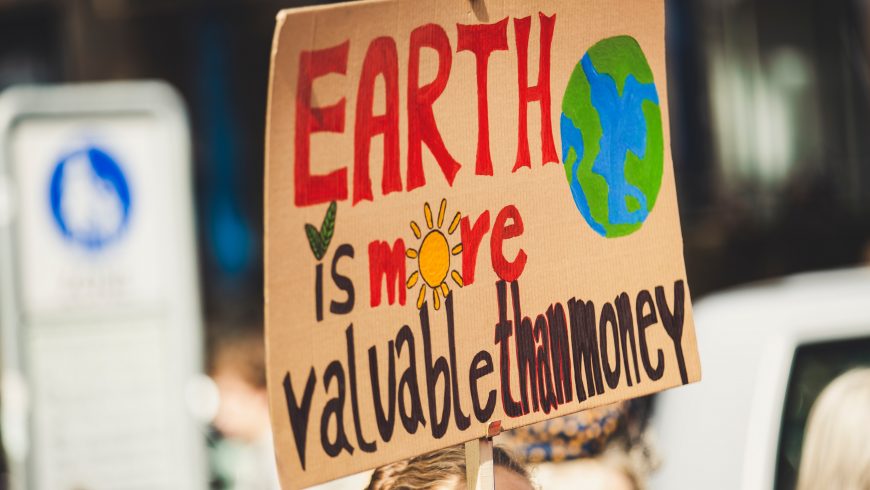
Tell the world! Let’s Stop the sixth mass extinction.
Talk to your family and friends. If you can’t convince them to change their habits, at least try to warn them, and make them more aware of their actions. Start by spreading the advantages of buying eco-friendly products, of eating less meat, and of buying souvenir-greeting-cards when on holiday!
Last but not least, be a voice for endangered species on social media: share posts, reels, tag your followers. Social media are also a great way of getting informed, and eventually, take more direct action. Stand for animals! together we can stop animal extinction.
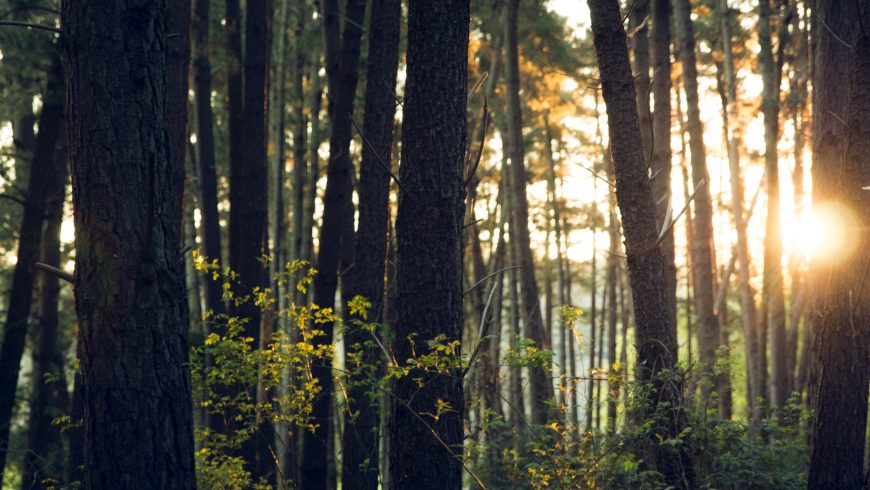
In a nutshell: the next endangered species is literally us
Mass extinction seems a long way away, but actually, it is just around the corner. And even if you don’t care about endangered species, and you don’t love animals (which is basically impossible) this is not an excuse to sit back and watch. You still must act. In fact, if endangered species actually become extinct, many serious consequences will follow.
In short, biodiversity is not just important because animals are nice to look at (although, if you are an animal lover, this is a bonus point to convince you!)…But beyond their beauty, each of these animal species is part of a whole system.
If you remove one part of the system, the system is no longer in balance, and will eventually collapse. In the long run this will lead to the extinction of every single species, including the human one.
We must stop this terrifying ripple effect because our own survival is at risk. Nature, and the ecosystems of plants and animals that live within it, is literally what is keeping us alive.
And this is why you should care about animal extinction.
So what are you doing today to extinguish extinction? Save them, save yourself.
Featured image: Photo by Hans-Jurgen Mager on Unsplash
